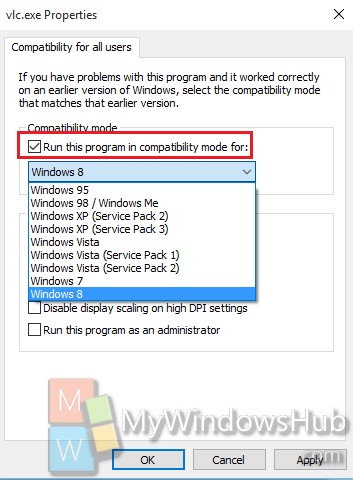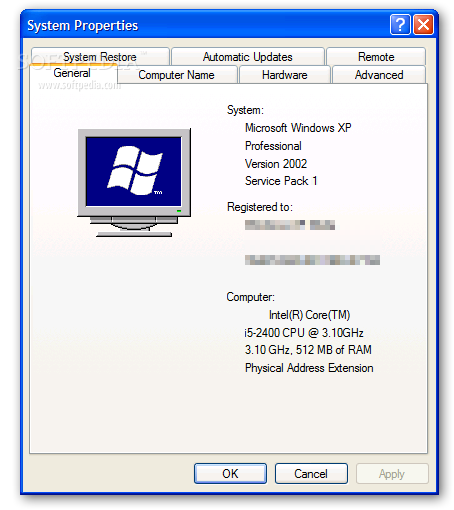

Here’s the thing, which -totally- messes me up – whenever I look at manually running WU, lolz – BECAUSE Micro$oft has ensured that their Windows 7, Service Pack 1, OS (Retail and/or OEM) will no longer update itself – no matter WHAT we do unless these procedures are followed, right.
Check out our Windows Updates guide for additional information on updates for Windows. You only need to install the latest to install all available feature upgrades. Windows 10 feature upgrades are cumulative as well. The Convenience Rollup update for Windows 7 and Windows Server 2008 R2 requires the April 2015 servicing stack update. There is no 32-bit version of Windows Server 2008 R2.  There is no Windows XP Pro 64-bit Service Pack 3. Windows XP requires SP1a or SP2 before you can install SP3.
There is no Windows XP Pro 64-bit Service Pack 3. Windows XP requires SP1a or SP2 before you can install SP3. 
Exception: Windows Vista requires SP1 before you can install SP2. This means that you only need to install the latest available Service Pack and not previously released ones.
Service Pack updates are cumulative usually. Please note that you may use Windows Update as well to download the latest updates, service packs and feature upgrades for the version of Windows that is installed on the computer. The following table lists Windows client and server operating systems, and the most recent Service Pack or Feature upgrades for each.ĭownload links may point to the Microsoft Update Catalog for standalone downloads, to the Microsoft Download site, or tools that help you download these updates. The company plans to release two feature updates for Windows 10 per year. Microsoft won't release Windows 8.2 for instance, and it won't release Service Packs anymore either. Generally speaking, there won't be any new major updates for any version of Windows but Windows 10. Windows XP End-of-Support is not the End of the World. Windows Vista Mainstream Support Ends Today. What the end of Windows 7 Mainstream Support means. Find Out Your Microsoft's Product Support Lifecycle.







 0 kommentar(er)
0 kommentar(er)
